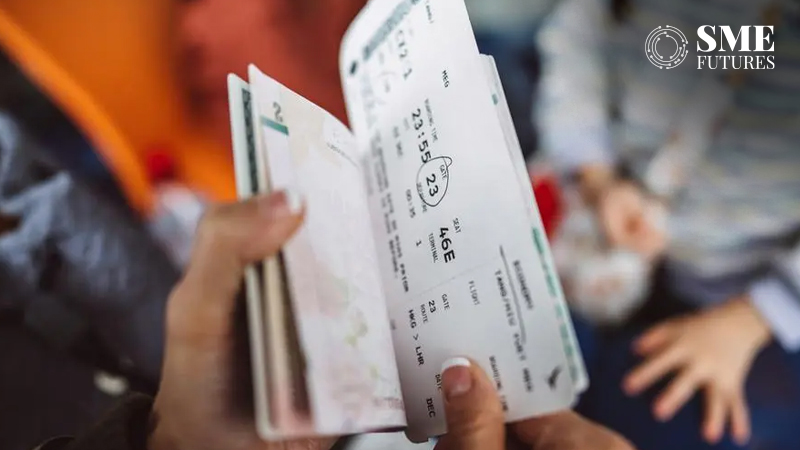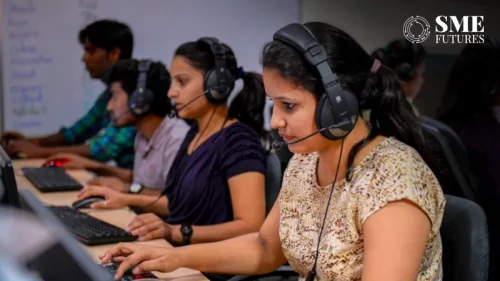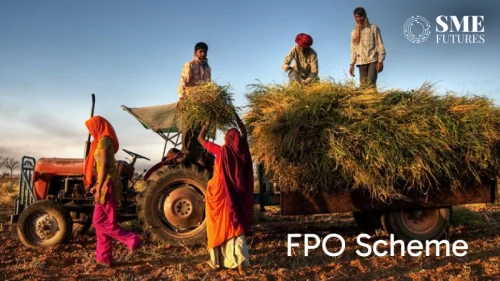India’s civil aviation sector is soaring high, but so are the airfares, prompting concerns from passengers, lawmakers, and industry experts alike. The big question is: are airfares in India genuinely fair, or are they being driven by market forces beyond reason?
Why are airfares soaring?
Let’s begin by understanding why airfares are becoming a problem. Airlines in India, like most places, operate on a for-profit basis. Since the deregulation of airfares in 1994, the government has taken a hands-off approach, allowing airlines to set prices based on market dynamics such as demand, seasonality, and operational costs. This means that airfares are largely influenced by factors like seat availability, peak travel times, and fluctuating fuel prices.
However, now there is a growing chorus asking for government intervention. Media reports state that airline prices have risen 30-40 per cent year-on-year, especially during the festive seasons. Critics argue that the current system allows airlines to charge arbitrary and often exorbitant prices. Congress MP Shafi Parambil recently questioned the airfare system in the Lok Sabha, saying, “Airfares are not market-driven, but greed-driven.”
Call for regulatory oversight
The demand for regulating airfares is gaining traction. A 2023 report by the Standing Committee on Transport, Tourism, and Culture highlighted several issues related to airfare fixation. Despite the Directorate General of Civil Aviation (DGCA) having the authority to monitor fares, the committee noted that airlines often exceed reasonable price limits, especially during periods of high demand.
The committee’s recommendations include empowering the DGCA to regulate tariffs more effectively and establishing a quasi-judicial body, like the Securities and Exchange Board of India (SEBI), to oversee pricing practices. “Passengers must receive a fair deal,” the committee emphasises, noting that a balance must be struck between consumer interests and the financial viability of airlines.
Sandeep Arora, Director of Brightsun Travel, India, contends, “A balanced approach is required to address these concerns, one that considers both market dynamics and consumer protection.”
What constitutes a ‘reasonable profit’?
One of the main sticking points is the lack of a clear definition of “reasonable profit.” Currently, the rules under the Aircraft Act of 1934 and the Aircraft Rules of 1937 require airlines to set tariffs while considering factors like operational costs, the nature of services provided, reasonable profit, and prevailing market tariffs. However, the term “reasonable profit” remains vague, leaving room for arbitrary pricing.
According to industry expert, hotelier, and architect Keith Menon, the ambiguity in how airlines calculate fares needs to be addressed. “It is crucial for airfares to be competitive yet equitable. Transparency in how these fares are calculated and communicated would greatly benefit consumers and enhance trust across related industries, including tourism and hospitality,” he says.
Issue with additional charges
Recently, one customer resorted to social media (X) to demand that Indigo explain the many charges they are levying, including CUTE, user development fees and aviation security fees. For the latter we pay a tax to the government. While CUTE charges are for using common use terminal equipment.
Apart from base fares, passengers are burdened with these various additional charges. These charges often overlap with existing taxes, leading to frustration among travellers. “These costs can deter tourists, especially price-sensitive ones, from travelling, directly impacting hotel bookings and overall tourist inflow,” says Keith Menon.
Transparency in fare structures, according to Arora, is critical. “A clear explanation and justification of these charges should be provided to the passengers by the airlines. A review of such fees would greatly improve customer satisfaction and trust,” he asserts.
Demand for a quasi-judicial authority
Given these concerns, there is a growing demand for a quasi-judicial authority to regulate airfares. Both Sandeep Arora and Keith Menon support the idea, citing examples from countries like the US, Canada, and Australia, which have established such bodies to ensure fair pricing practices in aviation.
“I think it’s a fair demand. Such an authority in India could provide a structured framework to address issues like abrupt fare hikes, enhance transparency, and protect consumers,” Arora suggests.
Menon adds, “Such a body could play a pivotal role in ensuring that pricing is fair, justified, and transparent, much like regulatory bodies in other sectors.”
He believes that the formation of this authority should involve all stakeholders, including airlines, travel agencies, and consumer groups, to ensure a balanced approach. “This would aid in creating a more balanced approach to pricing that supports the growth of both the aviation and its allied industries like ours,” he avers.
Menon believes that such an authority could lead to standardised and possibly lower airfares, making travel more accessible, which is a significant driver of tourism. “For hotels and resorts, increased accessibility could translate to higher occupancy rates and a more vibrant tourism economy. This would be a welcome change, fostering an environment where all segments of the travel and hospitality industry can thrive together,” he asserts.
Airlines defend their pricing strategies
From the airlines’ perspective, the surge in airfares is a result of market dynamics, including capacity constraints and the need to recover the losses from the COVID-19 pandemic. According to CAPA India, the average fares of the top 20 domestic routes have increased by nearly 40 per cent in the last six quarters due to capacity shortages, with around 150 aircraft grounded due to supply chain issues.
Airlines argue that they operate within a competitive environment where pricing strategies are influenced by various factors like fuel costs, operational expenses, and market competition. “While airlines can take steps to offer competitive pricing, the broader issue of fare regulation often requires a regulatory authority that can help create a more balanced pricing structure,” says Sandeep Arora.
Is regulation the answer?
The debate over airfare regulation is far from settled. While some like Sandeep Arora and Keith Menon advocate for the establishment of a quasi-judicial authority, others warn that over-regulation could stifle the growth of the aviation sector.
The Ministry of Civil Aviation itself has stated that tariff regulation may not be desirable for the sector’s growth, although they recognise the need for balancing both airline and passenger interests.
“The success of any quasi-judicial authority lies more in regulating practices and ensuring consumer protection rather than in directly controlling fare levels. If formed, we may need to adapt and ensure compliance with the new guidelines, but an increased oversight would boost consumer confidence, leading to more stable and predictable business conditions,” says Arora.
However, with airfares continuing to rise, especially during peak seasons, and with mounting public pressure on social media, some form of intervention may be inevitable. Whether through enhanced transparency, a quasi-judicial authority, or another mechanism, the goal should be to ensure that airfares in India are both competitive and fair, benefitting passengers and the aviation industry alike.

As the debate continues, one thing is certain, the issue of airfares in India is unlikely to disappear anytime soon. With a rapidly growing aviation market and a population eager for affordable travel, finding the right balance between profitability for airlines and fairness for passengers will be key to the future of air travel in India.
In the meantime, passengers like Praveen Singh, who took to social media to complain about “the looting of income taxpayers,” may have to wait a bit longer for relief.
The aviation ministry’s upcoming meeting with industry stakeholders could be a critical step in addressing these issues. Until then, the question remains: Are airfares in India truly fair, or is it time for a change?











